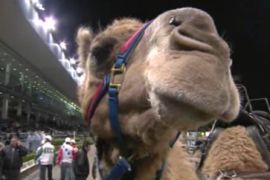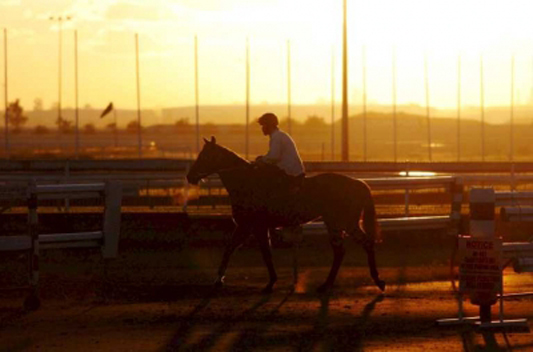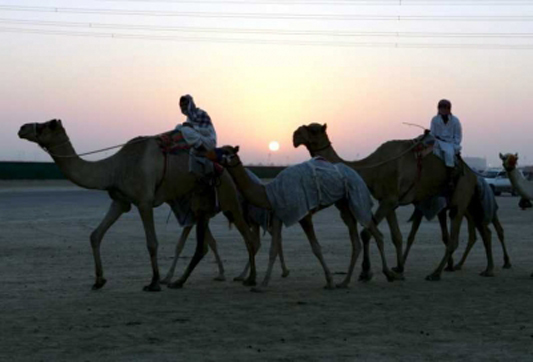Aussie racegoers get the hump
Equine flu causes havoc among Australian horseracing.

 |
| Australia’s spring racing carnival attracts thousands of people each year [EPA] |
Camels have taken to the track at the Harold Park harness racing club in Sydney, among many tracks in Australia where racing has been suspended during an outbreak of equine influenza.
The disease was first detected in the country in August and spread widely among horse populations in the states of New South Wales and Queensland.
The cost of the outbreak so far has been estimated at $900 million.
The disease has shut horse racing at Harold park for almost two months, and according to John Demesny, the club’s CEO, camel racing is a welcomed alternative.
“The aim is to lift a little bit of the depression that’s here at Harold Park. We haven’t raced here for eight weeks and we’ve got to do something … our staff has been wondering what’s going to happen next,” he said.
Australian laws prevent gambling on camel racing, but hundreds of people had arrived to watch the race.
Serious problems
The novelty value of these races masks the real damage being caused to the Australian racing industry, where Sydney and Brisbane, two of the country’s bggest racing centres, are still shut down.
The estimated loss is $4 million a day.
Meanwhile, a vaccination program for 95,000 horses is underway but the virus is spreading rapidly.
It is also costing thousands of people their income. Bob Sim, a farrier, told Al Jazeera he spends his days cancelling appointments instead of fitting horses with new shoes.
“We’re losing $600 – $700 a day, anything up to $1000. We can’t do any work at all. You virtually sit at home and wait … you’re just losing your income straight out,” he said.
Deserted
Royal Randwick in Sydney was the first racecourse to shut down.
The grandstands have been empty for eight weeks and it is unclear when the next race meeting will be held.
John O’Shea, a horse trainer says this is the most important time of the year for the industry.
“This is the most lucrative time of the year for racehorse trainers … this time last year we won about three million dollars in prize money of which we are 10 per cent recipients so it’s quite a substantial opportunity lost that’s for sure,” he said.
O’Shea’s stables are still in quarantine, and he says the government’s $100 million compensation package has helped keep him and many others afloat – for now.
“I don’t think too many industries can suffer having 12 months without earning any income and we’re looking at a periof of five or six months at the moment but any longer than that will ultimately sound the death knell for racing in this state.”
 |
| Camels were introduced to Australia from Afghanistan in the early 1800s to help build railway and telegraph lines across the desert [EPA] |